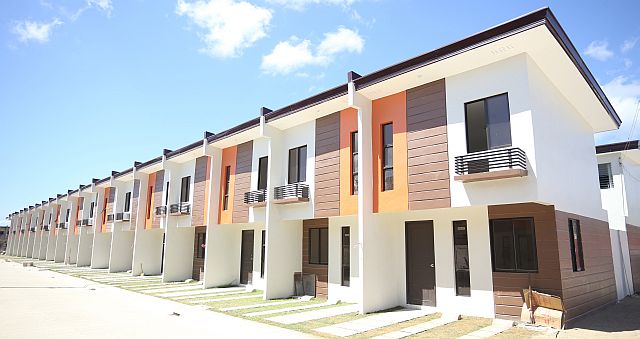
Portville Prime is one of Johndorf Ventures Corp.’s housing development projects in Mactan Island that they launched last year. (CONTRIBUTED)
With BOI-registered projects hitting P29.49B in 2016, expert sees more real estate projects this year
A local investments official is expecting more real estate projects in Cebu despite the Board of Investments (BOI) being poised to set a cap on the value of mass housing units eligible for government incentives.
Under the Investment Priorities Plan (IPP) 2017-2022, mass housing units beyond P2 million will no longer qualify for BOI incentives whereas the government agency maintained a P3-million ceiling before.
“This is actually a good sign. While this may be disadvantageous to big developers, this will encourage more developers to enter the market and answer the real need for housing,” said Philip Torres, BOI Cebu investments specialist, on the BOI’s plan.
Torres said the BOI is set to come up with the IPP’s Internal Rules and Regulations (IRR) by next week.
The IPP is a list of government priority projects entitled to a package of fiscal and non-fiscal incentives including, but not limited to, income tax holidays up to eight years.
P29.49B projects
BOI-registered projects in Cebu from January to December last year were valued at P29.49 billion (including an expansion of a mass housing project by developer 8 Communities Bohol, Inc. In Tagbilaran City worth P135 million), up by around P3.4 billion from P25.6 billion during the same period in 2015.
Out of the 21 projects registered with BOI last year, 19 were real estate projects valued at P6.15 billion.
Investor firms
Among the firms whose projects were registered with the board are Kenrich Development Corp., 77 Living Spaces, Inc., Johndorf Ventures, Corp., ALPA Land, Inc., Pacific Grande Realty & Development Corp., Kenrich Development Corp., Limbros Realty & Development Corp., Cebu Landmasters, Inc., 8990 Housing Development Corp., Taft Property Venture Development Corp., Filinvest Land, Inc., and 8 Communities Bohol, Inc.
Non-housing projects
Non-housing projects included the transportation and storage project of GMR Megawide Airport Corporation for the Mactan-Cebu International Airport (MCIA) at 16.75 billion and a wind energy project by Amihan Energy Corporation in Balamban, Cebu worth P6.59 billion.
Upon the start of operations of these projects, a total of 2,816 jobs would have been created, down from 3,545 jobs generated by 26 projects registered in 2015.
Torres said that while the bulk of the projects registered with the agency in 2016 had been for mass housing, many of the developers were “small players” which would sell housing units for only P1.2 million each at most.
Housing backlog
The investment official said more small real estate players will likely be encouraged to register with the BOI this year, addressing the country’s housing backlog, which is concentrated in the socialized and economic housing segments.
In 2016, the housing backlog in the Philippines was pegged at around 5.5 million, 2.9 million of which are spread in the Visayas.
“This is where the real need lies. Most buyers of condominiums aren’t first-time buyers. Most of the time, they buy units to have it leased or sold again at a higher price,” said Torres.
Countryside
With developers expanding to the countryside due to rising real estate prices in the metropolitan area, Torres said local government units should be ready to welcome investors.
“They should be ready. The environment should be business-friendly,” he said, citing more projects rising in towns such as Consolacion and Liloan in the north as well as San Fernando in the south of Cebu.
Torres said there was an opportunity for developers to penetrate markets in the countryside, especially with housing units selling below P2 million each.
All they have to do, he added, was to look for strategic locations.
Since November last year, the BOI has been going around Cebu and the rest of the Visayas to prepare LGUs in welcoming investments through the preparation of a local investment code and trainings for local investment promotion officers.